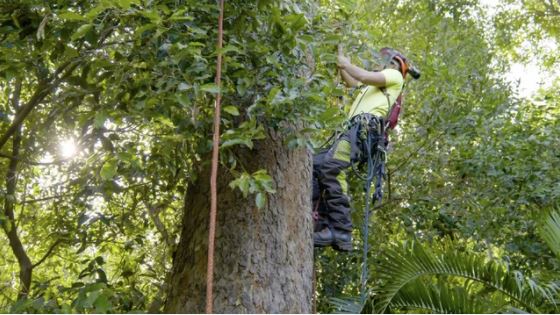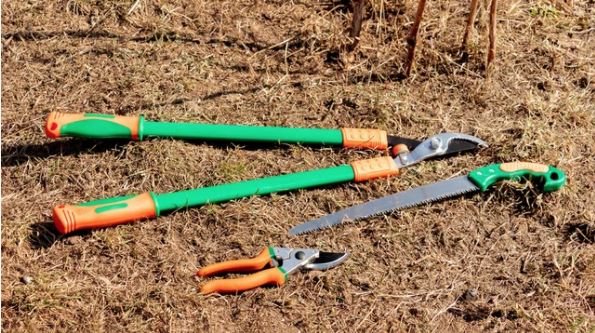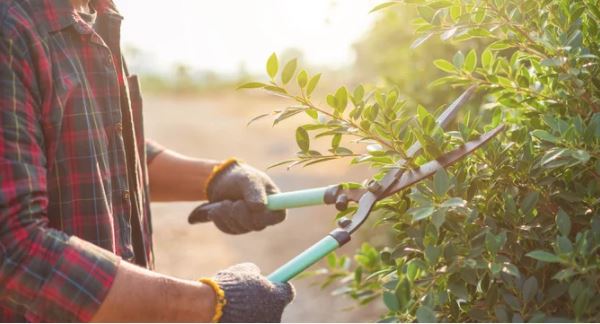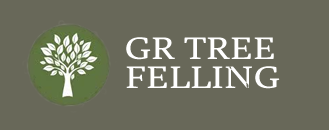Tree pruning and trimming are essential practices for maintaining the health and aesthetics of trees. Pruning involves removing specific branches or parts of a tree to improve its structure, health, and appearance. Trimming, on the other hand, involves cutting back overgrown branches to maintain the tree’s shape and size.

The primary goal of pruning is to remove dead, diseased, or damaged branches that can compromise the health of a tree. Pruning also helps to improve the tree’s structure by removing weak or poorly attached branches that can break or fall during storms. Additionally, pruning can enhance the tree’s appearance by shaping it into a desirable form.
Trimming, on the other hand, is typically done to remove overgrown branches that can obstruct views, power lines, or buildings.
Trimming can also help to maintain the tree’s size and shape, ensuring that it does not become too large or unruly. Overall, tree pruning and trimming are critical practices that can help to ensure the long-term health and beauty of trees.
What is Tree Pruning?
Tree pruning is the process of removing specific parts of a tree, such as branches, buds, or roots, to improve the tree’s health and appearance. It is an essential aspect of tree maintenance that helps to ensure the tree’s longevity, safety, and aesthetic appeal.
Benefits of Tree Pruning
There are several benefits of tree pruning, including:
- Improved Health: Pruning removes dead, diseased, or damaged branches, which can prevent the spread of disease and pests throughout the tree.
- Increased Safety: Pruning can remove hazardous branches that may fall and cause damage or injury.
- Enhanced Appearance: Pruning can improve the tree’s shape and overall appearance, making it more aesthetically pleasing.
- Increased Fruit Production: Pruning fruit trees can improve the yield and quality of the fruit.
Types of Tree Pruning
There are several types of tree pruning, including:
- Crown Cleaning: Removing dead, diseased, or broken branches from the tree’s crown.
- Crown Thinning: Removing select branches to reduce the tree’s density and improve light penetration.
- Crown Reduction: Reducing the size of the tree’s crown by removing select branches.
- Crown Raising: Removing lower branches to increase clearance for pedestrians, vehicles, or buildings.
- Structural Pruning: Pruning young trees to promote proper growth and development.
Overall, tree pruning is an essential aspect of tree maintenance that can improve the tree’s health, safety, and appearance.
How Does Tree Pruning Work?
Tree pruning is the process of selectively removing certain branches or parts of a tree to improve its health, structure, and appearance. It is a crucial practice that helps trees to grow strong and healthy, and it also helps to prevent potential hazards like falling branches.
Tools Used for Tree Pruning
To prune a tree effectively, a variety of tools are needed.

The following are some of the most commonly used tools for tree pruning:
- Hand pruners: These are small pruning shears that are used to cut small branches and twigs that are less than 1 inch in diameter.
- Loppers: These are larger pruning shears that are used to cut branches that are between 1 and 2 inches in diameter.
- Pruning saws: These are saws that are used to cut larger branches that are more than 2 inches in diameter.
- Pole pruners: These are pruning tools that have an extended handle and are used to reach high branches.
Techniques for Tree Pruning
There are several techniques used for tree pruning, and the choice of technique depends on the specific needs of the tree.

Some of the most common techniques include:
- Crown reduction: This technique involves removing the topmost branches of the tree to reduce its overall height and size.
- Crown thinning: This technique involves selectively removing branches from the crown of the tree to allow more light and air to penetrate through the tree canopy.
- Crown raising: This technique involves removing the lower branches of the tree to increase clearance for pedestrians, vehicles, or buildings.
- Deadwooding: This technique involves removing dead or dying branches from the tree to prevent them from falling and causing damage.
In conclusion, tree pruning is an essential practice that helps to maintain the health, structure, and appearance of trees. With the right tools and techniques, tree pruning can be done safely and effectively by a local professional in Knysna, Plett or Wilderness and Sedgefield
Tree Felling Services Knysna
Tree Felling Services Plettenberg Bay
Tree Fellers Services Sedgefield and Wilderness
Phone Hugo: 061 101 7910
